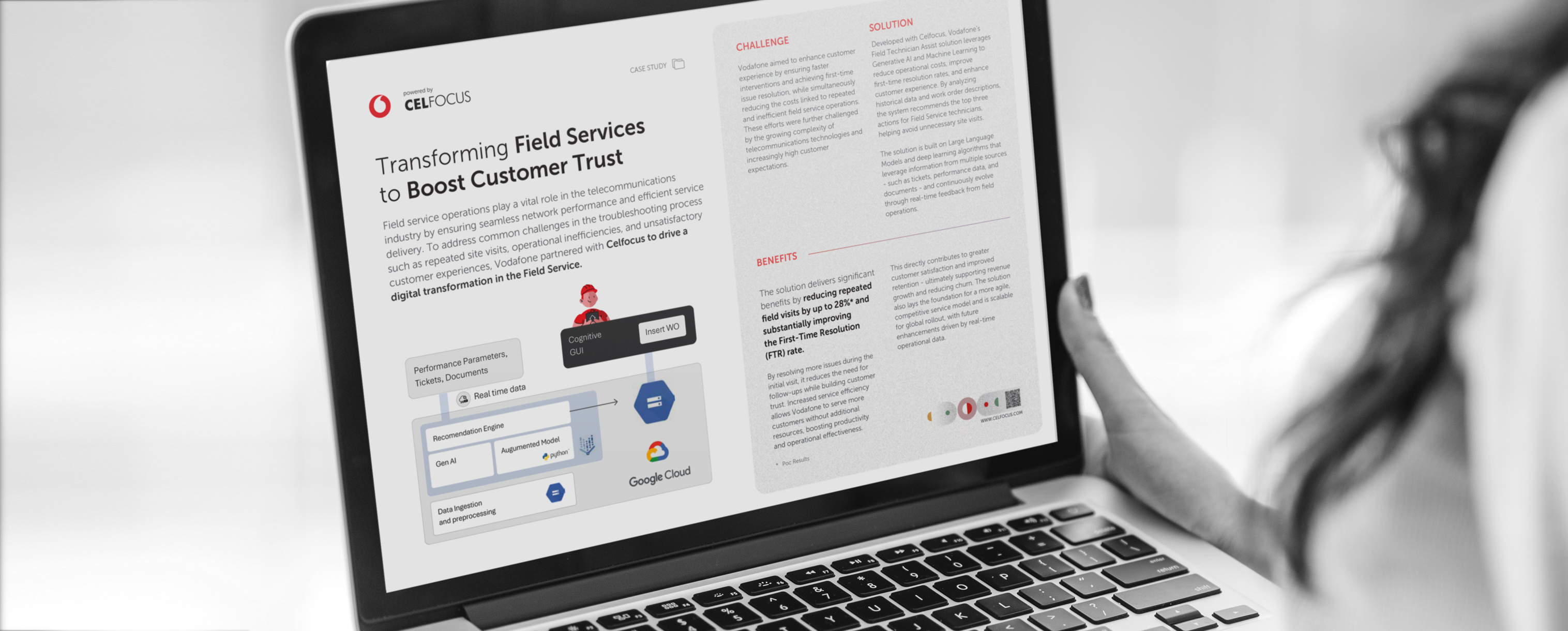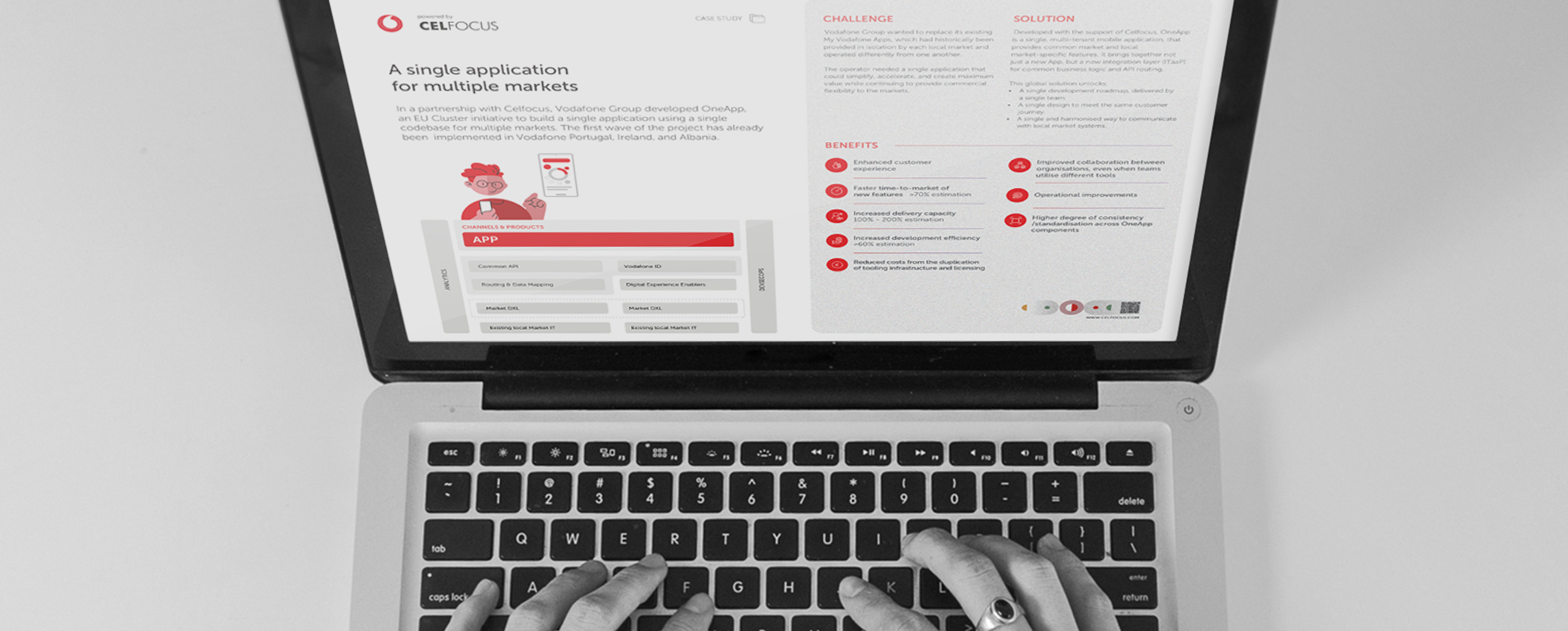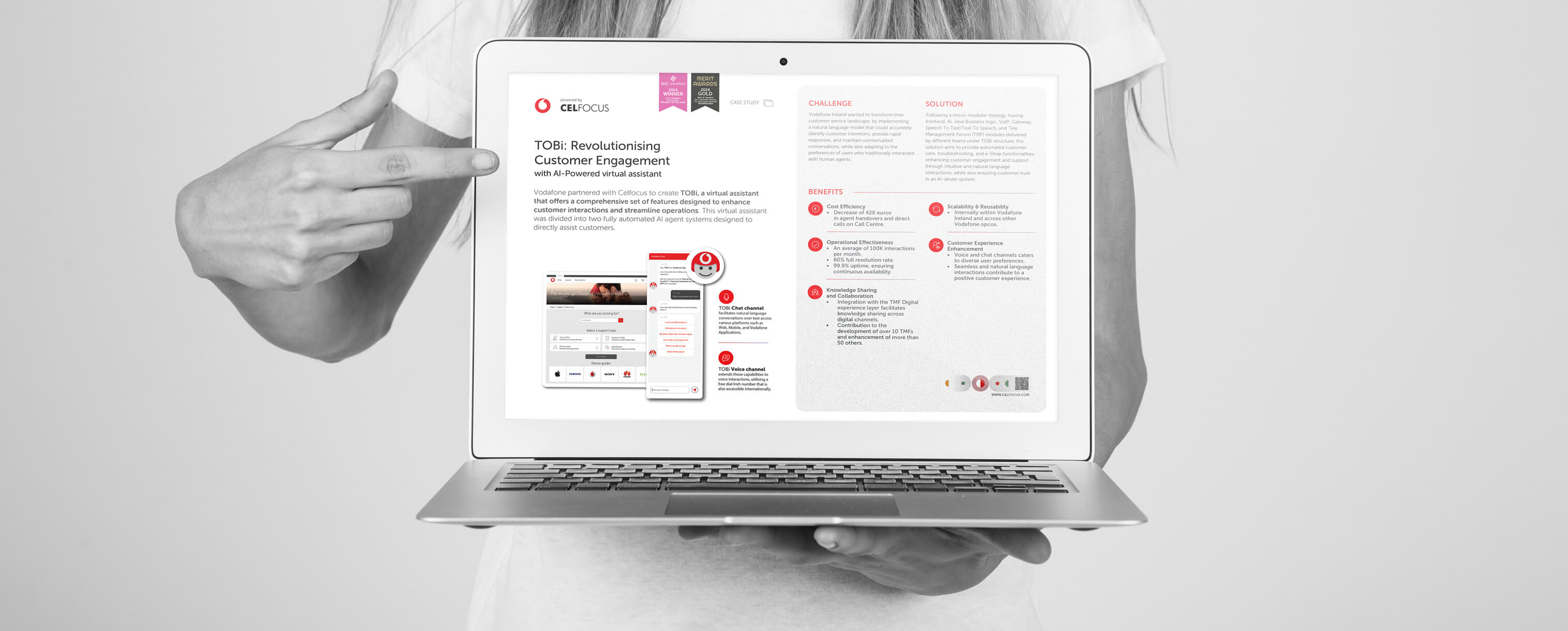|---Module:text|Size:Small---|
In Part 1 of this article, we’ve covered how Optichannel works and the next-level experience it delivers comparing to Omnichannel. Now we’ll discuss what it is used for and how it can be applied to the Telecommunications industry.
What is Optichannel used for?
The strongest cases for optichannel are being observed in the home delivery and airline sectors. More and more companies in these sectors are opting by shutting down their call centres, maintaining only online channels for orders and bookings to not having to deal with long queries in the call centre when it comes to deciding on product options, holiday destinations or travel dates.
The logic is pretty straightforward. Having to take an order or booking over the phone is simply inefficient and is subjected to human nuances and inconsistencies. Sales throughout would increase significantly with a simpler step-by-step process online, which is so much faster. This option to shut down underperforming channels (either in terms of customer experience, or in terms of the relation between cost/generated revenue) allow organisations to focus their attention on the most performance channels and, at the same time, to optimise their IT investments and costs.
Another application example is a customer in a shopping mall just browsing when he receives a message on his mobile banking app that he can get a discount in the tech store in that mall if he purchases with a card of a particular bank, the bank he is a client of. Also, he has been pre-approved for a quick loan since his card balance is a little low at the end of the month. Well, that is a relevant offer because he is in that mall, it is the end of the month and he is a little short, but he cannot resist a new gadget, which is obvious from his card account history. This example shows a scenario where the right communication, at the exact time, may increase customer engagement and the will of the customer to make business at that moment.
Optichannel for Telecoms?
CSPs should leverage the investments made till today on areas such as Omnichannel and AI to understand what the customer usage pattern for each channel is. With such data collected and analysed, CSPs should then be able to make educated decisions on which channels they should focus on and invest more for each one of the customer journeys, even if that means that more typical and legacy channels (e.g. IVR and USSD) would cease to exist.
Conclusion
Optichannel strategy recognises that every channel is different and that they aren’t all well suited for every interaction. The goal of the interaction needs to be matched up with the strengths of the channel.
An Optichannel engagement strategy strives to apply the most optimal and appropriate customer engagement channel based on the situation or requirement. Using data analytics and machine learning to analyse and interpret behaviour, patterns and preference of the customer can be predicted with higher relevance, which in turn helps in personalisation of the customer engagement and to decide in which channels the effort should be focused on, to deliver the optimal customer experience.
To quote Abraham Lincoln (and John Lydgate before that), “You can please some of the people all the time, you can please all of the people some of the time, but you can’t please all of the people all of the time.” In conclusion, optichannel defends that organisations should adopt technology that will help to simplify and amplify customer experience. Technology should be the enabler to build better customer experiences and not to introduce more interfaces.





















